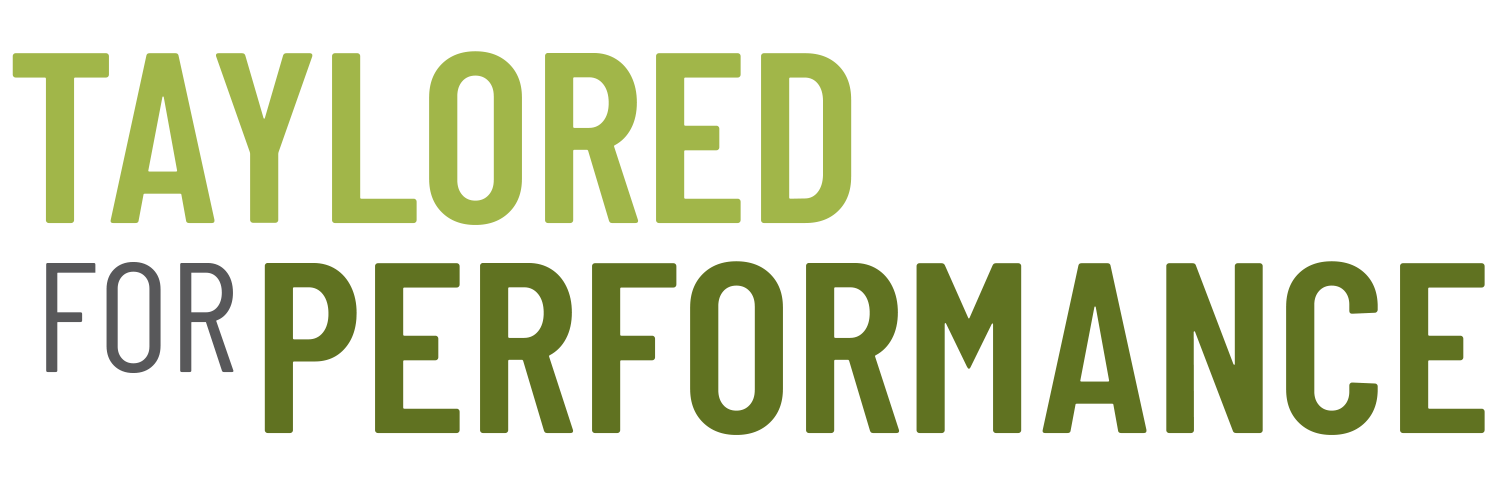Is Your Sugar Intake Adding Up?
Is Your Sugar Intake Adding Up?
Let’s be honest, we are all excited around this time of year for the festive holiday drinks and sweet treats. In the spirit of the season, indulging in some sweet treats here and there will not hurt anyone. However, if you’re not careful, you can quickly overdo it on added sugar. For example, stopping by Starbucks for their seasonal favorites such as a
16 oz. Peppermint Mocha (54 g of added sugar)
1 Reindeer Cake Pop (14g of added sugar)
totals to 68 grams of added sugar. Adhering to the 2020-2025 Dietary Guidelines for Americans, added sugars should be less than 10% of calories per day. Based on 2,000 calories per day, this would be 50 grams of added sugar. This means someone following 2,000 calories a day, may want to rethink their choices at Starbucks. If you’re still wanting to enjoy the cake pop, choose a drink that contains lower amounts of added sugar, such as trying the new Sugar Cookie Almond Milk Latte (25 g of added sugars), which would total to 39 grams of sugar instead of 68 grams. However, even with consuming 39 grams that only leaves 11 grams remaining for the day to meet 10% of total calories per day and added sugars can be easily hidden in some foods that you may not have realized.
Hidden Sources of Added Sugars
Whole-grain cereals and granola
Cereal bars and protein bars
Pasta sauces
Salad dressings
Sauces like BBQ, ketchup, teriyaki
Fruit juices (from concentrate), canned fruit, applesauce, dried fruit
Frozen foods
Baby food
Common Sources of Added Sugars
Sugary sweetened beverages (soda, lemonade, fruit punch, energy drinks, some teas and coffees)
Candy
Sweetened cereal
Flavored yogurts
Flavored instant oatmeal
Baked goods (cakes, cookies, pastries, pies)
What are Added Sugars?
Added sugars do not refer to sugars naturally found in foods. Instead, added sugars are sugars or other sweeteners that are added to foods and drinks when they are processed or prepared. Examples of adding sugar to foods are breads, cereals, and salad dressings. Added sugars can come in several different forms of sugar and can be tricky to spot in ingredient lists of Nutrition Facts Labels. Here is a list to help you identify some:
Brown sugar
Cane juice
Confectioner’s powdered sugar
Corn sweetener
Dextrose
Fructose
Fruit nectar
Glucose
High-fructose corn syrup
Honey
Lactose
Malt syrup
Maple syrup
Molasses
Raw sugar
Sugar cane
White granulated sugar
Why Limit or Reduce Added Sugar Intake?
Can contribute to weight gain, obesity, type II diabetes, heart disease, increased inflammation, and oxidative stress
Tips to Reduce Added Sugar Intake
Read ingredient lists and Nutrition Facts Labels
Choose food and/or drink options that have little no added sugars
Try cooking meals from scratch to control the ingredients and amounts used
Choose whole fruits and vegetables
Choose non-flavored milks or non-dairy milks
Choose 100% juice instead of from concentrate
Bottom line is you don’t have to give up added sugars completely as there are some enjoyable and tasty foods and drinks that contain them. Increasing your knowledge and awareness on added sugars can help you make informed choices easier and maintain optimal health.

